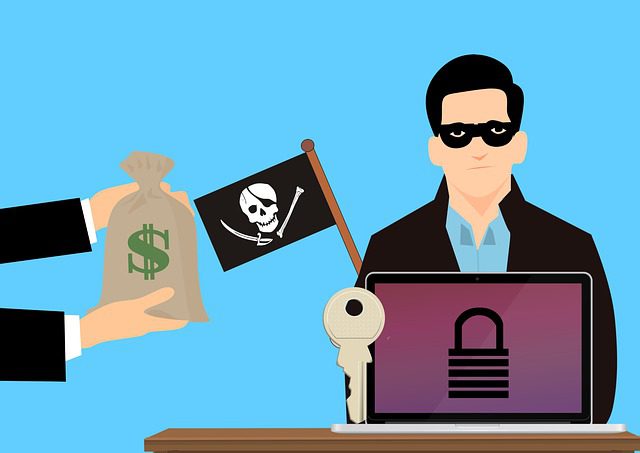
If a ransomware attack occurs, having a response plan in place may mean the difference in recovering information successfully or serious and expensive problems. However, knowing what to do is not as easy as it may seem.
While most people know paying the ransom is never a smart move, they may wonder what steps they should take. Working with a managed service provider is an effective way to have a viable plan of action, but the tips listed here will also help.
-
Isolate the Systems Affected
Isolation is a top priority. Most ransomware will scan the entire network, encrypt any files found on the network, and propagate to other systems. Containing the infection is essential to keep the ransomware from spreading. Any infected systems should be taken off the network right away.
-
Secure Backups
Backups are crucial for remediation. However, the backups are not immune to ransomware. Modern hackers will target these backups to delete, override, or encrypt them. If a ransomware attack occurs, be sure to secure backups by disconnecting the storage from the network.
-
Disable All Maintenance Activities
Businesses need to disable automated maintenance tasks immediately. This includes log rotation and temporary file removal for all affected systems. These tasks may interfere with the files that could be useful for forensics or investigator teams.
-
Create Backups of the Systems Infected
It is necessary to create images or backups of all infected systems after they are isolated from the network. There are two reasons to do this: to prevent the loss of data and ensure decryption may be possible in the future.
-
Quarantine All Malware
Never reformat, reimage, delete, or remove infected systems. Malware needs to be quarantined, ensuring that the infection can be identified and prevented in the future. If the entire infection is removed, it may be difficult to find the specific ransomware sample involved with the attack.
-
Find and Assess “Patient Zero”
Finding patient zero, which is the source of the infection, is essential to fully understand how attackers gained access to the network, to begin with. Finding the infection source is useful to help resolve the existing incident and help businesses find and address any vulnerabilities to reduce the possibility of future issues.
-
Determine the Ransomware Strain
There are several ways to determine the type of ransomware that affected the business. By identifying what the attack was caused by, it is possible to prevent it from occurring again.
-
Decide Whether the Ransom Should be Paid
The answer to this is always no. Even if businesses pay the requested ransom, it does not mean that the hackers will release the data. They may require more money or just avoid the situation. In any case, having a plan in place to recover and prevent these attacks is always better than paying the ransom. Not only will the data be gone, but capital for the business will be as well.
When it comes to ransomware attacks, there are no guarantees that they can be prevented. While this is true, using the steps found here after an attack will help ensure the data is restored and that businesses do not experience significant losses. Being informed and knowing what to do will help prevent future issues.
